†
St Paulís Cathedral was designed by Sir Christopher Wren to replace the cathedral destroyed in the Great Fire of London in 1666. Constructed during the years from 1675 to 1710 it is the fourth religious building on the site. The first was built in 604 which was destroyed and rebuilt following Viking raids and subsequent fires. It was around 1087 that Bishop Maurice, the Chaplain to William the Conqueror started the construction of what was to become known as Old St Paulís. This was completed in 1240 although was subsequently enlarged finally being completed in 1300. Over the years the building gradually fell into disrepair until in 1633 under the supervision of Inigo Jones restoration work was carried out which included the addition of a portico to the west front. The work was stopped with the English civil war (1642 - 1651) and it wasnít until the restoration of the monarchy in 1660 that work was once again to start on the cathedral. However, before any major work could be carried out the Great Fire of London destroyed two-thirds of the city and made the cathedral so unsafe that in 1668 it had to be demolished. Prior to the fire Christopher Wren had produced plans for its renovation and he was asked to produce a design for the new building. These were accepted and work commenced in 1675 construction was to take 35 years with 9 years in the planning.
†
St Paul's Cathedral is of significant importance in the countyís identity and has been the location of the thanks giving services at the end of the First and Second World Wars and for Queen Victoriaís Jubilee celebrations and Queen Elizabethís 80th birthday and her Silver, Golden and Diamond Jubilees. It was also the place where the wedding of Prince Charles and Lady Diana Spencer took place. It has been the location for the funeral services for Lord Nelson, the Duke of Wellington, both who are buried in the Crypt as well as Margaret Thatcher and Sir Winston Churchill who is commemorated in the Crypt by the set of iron gates stretching across the crypt and separating it from the restaurant. Numerous other tombs and memorials are scattered throughout the Cathedral including that of Sir Christopher Wren, Florence Nightingale, T.E. Lawrence, Lord Kitchener, Sir Alexandra Fleming and the clergy from the cathedral over the years. It also has a number of memorials dedicated to specific conflicts such as the Falkland and the Gulf War.
†
Although St Paul's Cathedral is still a working church, with regular services, visitors are able to visit most of the cathedral which includes a number of chapels around the cathedral at ground level while the crypt contains the Knights Bachelor Chapel and the OBE Chapel.
†
Built in the shape of a cross visitors enter to see the nave stretching before them. Within the Nave are a number of memorials including the one for the Duke of Wellington who is mounted on Copenhagen his horse from the Battle of Waterloo. At the end of the nave is the lectern in the shape of an eagle. Just passed this is the Transepts with the crossing stretching between them, this in St Paulís is known as the Dome Area which is directly below the dome and provides views of the interior of the dome.
†
The dome consists of three structures which enable the inner dome to be proportional to the internal architecture. Visitors are able to visit a number of levels. The first is the Whispering Gallery set at 30 metres above the floor and taking 257 steps to reach it. It is so named due to the perfect acoustics which enable a person whispering on one side, to be clearly heard on the other side. A further 23 meters and 119 steps takes you to the Stone Gallery while the more adventuress can go up the total of 528 steps taking them up 82 meters to the Golden Gallery, which provides panoramic views over the City of London.
†
Leading from the Dome area is the Quire which is where the choir and the clergy sit during a service. On the north side of the quire is the cathedra which is the place where the Bishop sits and what gives the cathedral its name. The one in St Paulís as completed in 1697 and is embellished with carved wooden flowers, plants and cherubs. The mosaics decorating the walls and ceiling of the quire where installed following a remark by Queen Victoria that the St Paulís was ďdull, dingy and undevotionalĒ. The high alter and baldacchino (canopy over an altar) were installed in 1958 to replace those destroyed by bomb damage during the Second World War. At the top of the baldacchino are gilded statues of Jesus and angels. In the North Quire aisle is the sculpture of the Mother and Child by Henry Moore.
†
Photographs within the Cathedral visitors are not allowed which explains their absence in the video below, with the exception of the All Soulsí Chapel and the Kitchener Memorial by the entrance.
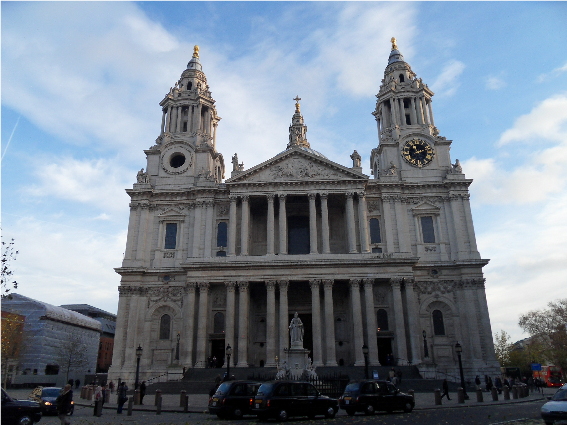
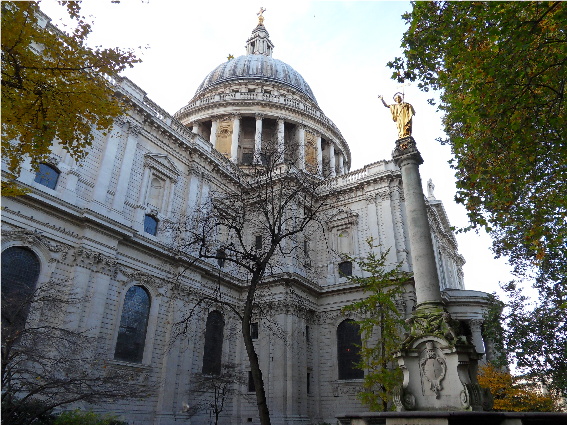
†
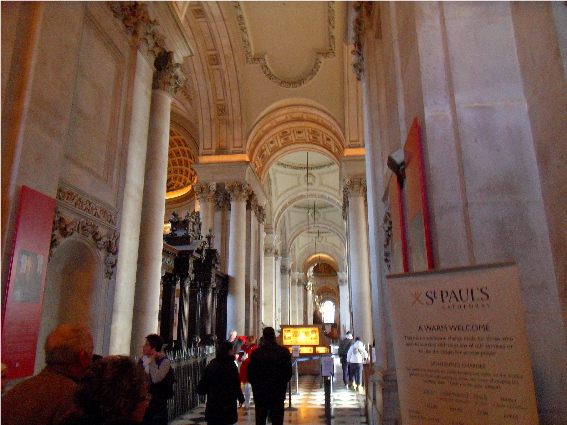
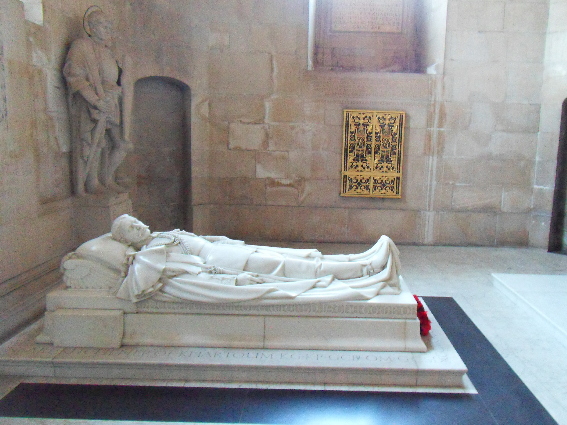
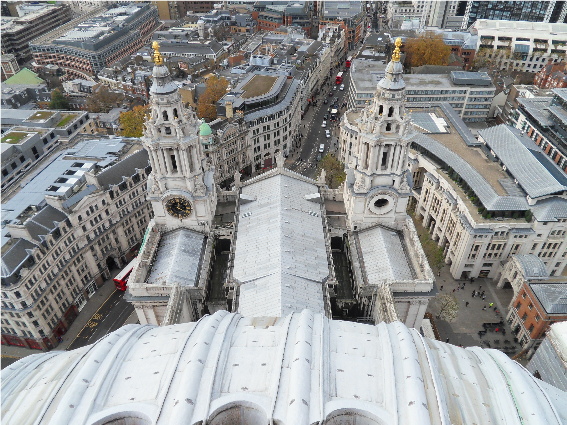 To see more photographs and take a virtual tour of the site click on the photoshow below.
To see more photographs and take a virtual tour of the site click on the photoshow below.
†
Visit Official Site
Addition information can be seen on Encyclopaedia Britannica
†
